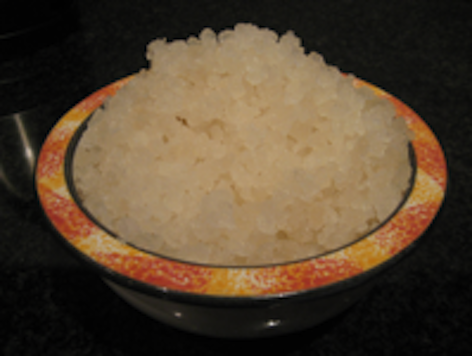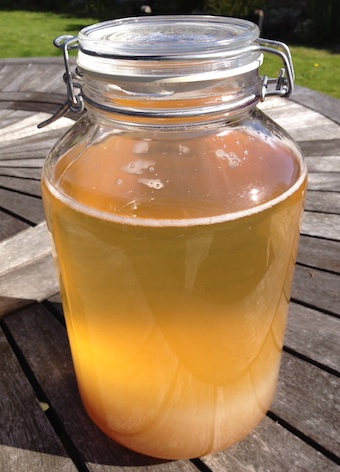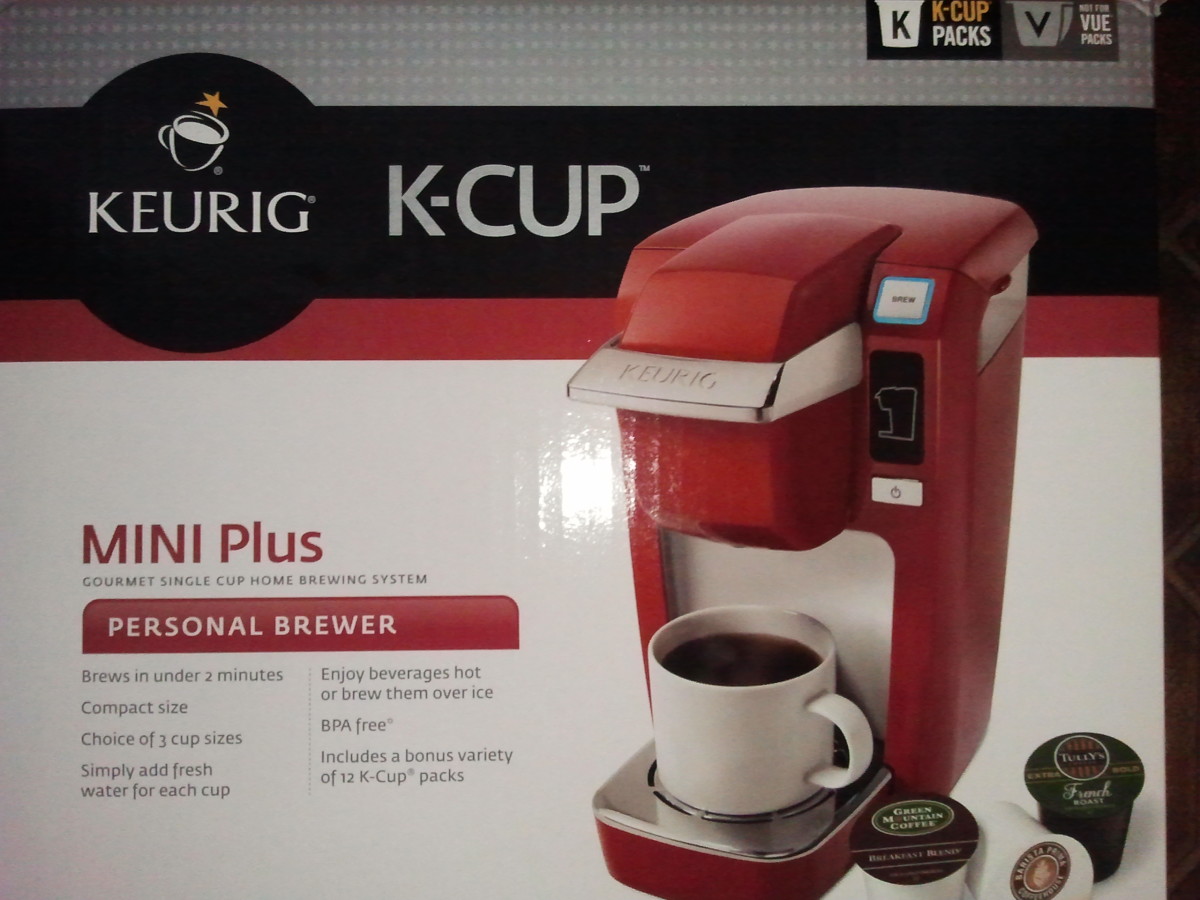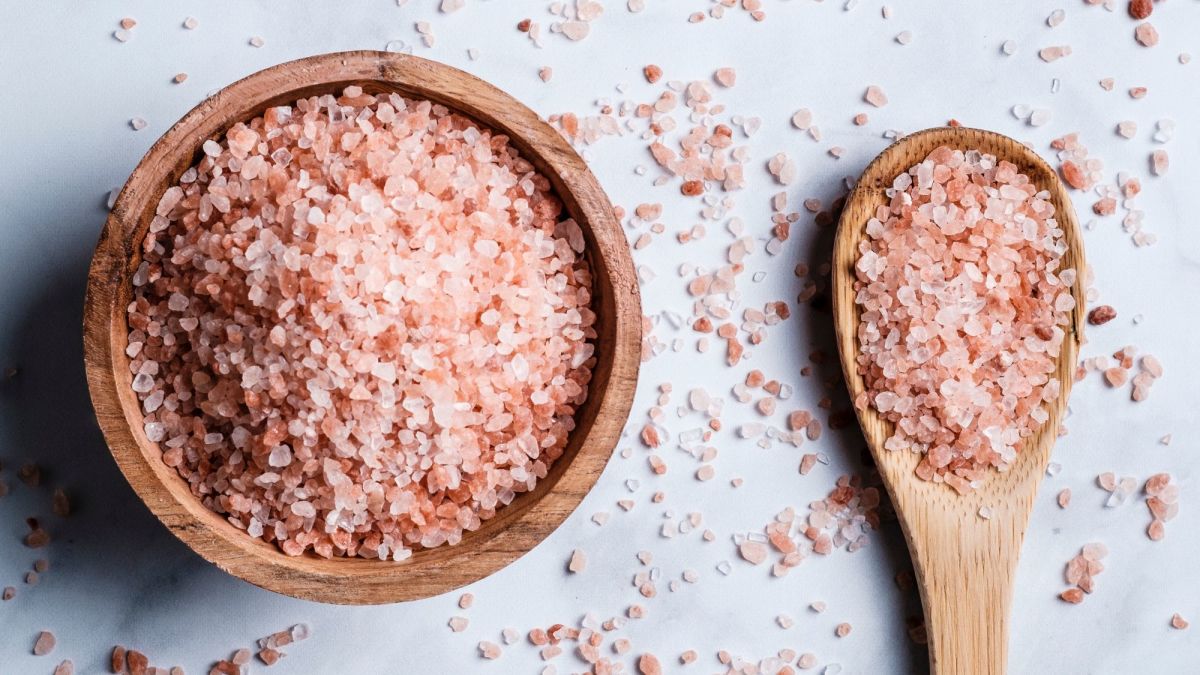What Is Water Kefir?

What is Water Kefir? And where did it come from?
Water Kefir grains are made up of a polysaccharide structure where healthy (lactic acid) bacteria and yeast live in symbiosis. They survive on sugar water, predigesting the sugar in a fermentation process that creates a carbonated, lacto fermented probiotic beverage which contains many vitamins, minerals, amino acids and enzymes
While the exact origin of Water Kefir is difficult to pinpoint it is believed Water Kefir (or Tibicos as it is also known) might have originated in Mexico.
Since then it has been recorded under many different names, possibly as a different strain, and has been prepared and enjoyed right around the world for many centuries.
Benefits of Water Kefir
Scientists tell us that 80% of our immune system is in our digestive system. Water Kefir provides a number of beneficial probiotic bacteria and enzymes and acts as a cleanser for this area as well as providing anti fungal and anti biotic properties, stimulating our immune system and boosting our health.
Trytophan is one of the essential amino acids abundant in Kefir and is well known for its calming affect on the nervous system. Perhaps this is why the drink got its name? Kefir translates to ‘good feeling’.
In addition it is an excellent substitute for the sugary fizzy drinks that so many consume, and it a great replacement for those who would like the benefits of Milk Kefir, but can not consume dairy.
Equipment You'll Need For Brewing Water Kefir
- 1.5 (or larger) mason jar with firmly sealing lid
- Plastic Mesh Strainer
- Plastic Spoon
- 1 litre (or larger) glass bottles
- Funnel

Water Kefir Recipes
Basic Kefir
- 1 litre of water, boiled and cooled
- 3 tablespoons of brown sugar (or other raw sugar)
- 3 heaped tablespoons of Kefir grains
Ginger Kefir
- 1 litre of water, boiled and cooled
- 3 tablespoons of brown sugar (or other raw sugar)
- 3 heaped tablespoons of Kefir grains
- 2 tablespoons of ginger juice (grate the ginger then squeeze out the juice)
- Half an organic lemon
Berry Kefir
- 1 litre of water, boiled and cooled
- 3 tablespoons of brown sugar (or other raw sugar)
- 3 heaped tablespoons of Kefir grains
In the second fermentation add fresh or frozen organic berries and allow to ferment for 1-3 days
Grape Kefir
- 1 litre of water, boiled and cooled
- 3 tablespoons of brown sugar (or other raw sugar)
- 3 heaped tablespoons of Kefir grains
In the second fermentation add fresh grapes or 100% pure organic grape juice and allow to ferment for 1-3 days.
Brewing Your Water Kefir
Use one of the recipes above and add the ingredient to your mason jar.
Seal the mason jar and stand for first fermentation for between 24 hours (height of summer) and 72 hours (cooler winter months). You may need to experiment a little as the temperature in your house will affect the time needed for the Water Kefir to properly ferment.
During this time you can taste test the brew to see how it is going.
Once your Water Kefir has done it's first fermentation, strain your brew into a sealable jug, jar or glass bottle, leaving the grains in strainer.
If you are adding fruit for secondary fermentation, do so now.
Stand the bottle on the bench or in a cupboard for another 24-48 hours for secondary fermentation.
Put your Kefir into the fridge to chill until you are ready to drink it. A longer period in the fridge, if sealed properly, will produce more fizz.
Maintaining Healthy Kefir Grains
Healthy grains will grow and multiply, enabling you to split the crystals into more jars so you can brew additional batches or pass on the surplus grains to friends and family so they can also enjoy the health benefits of water kefir.
Make sure everything you use to make Kefir, including your hands, are clean.
Don’t store your grains in any metal products for too long. If you have to use a metal strainer and spoon for stirring that's fine as long as the grains don’t spend hours in contact with them. The short time they will be in contact shouldn’t cause any problems.
Split your grains once you have enough so that you always have spares if a batch is affected by any mixture. This also ensures that the grains have enough 'food' rather than fighting too many other grains for the sugar.
Give your grains a ‘brew break’ by brewing in just sugar and water and a pinch of ground egg shell/baking soda mix. It helps their growth. Any spare grains should be brewed in this mixture while you use ‘working grains’ for the proper brews.
Use only organic products where you can. If you can’t find organic lemon or other fruits remove the outer layers to avoid chemicals affecting your grains.
Don’t include fruit juice of any kind to your first fermentation. If you want to brew with fresh fruit juice, add the juice to your bottled Kefir after straining for secondary fermentation. Sugary kefir-grains do not like fresh fruit juice, and they shall end up not ever growing.
Do not be tempted to use honey instead of sugar. Water Kefir grains do not react well with honey.









